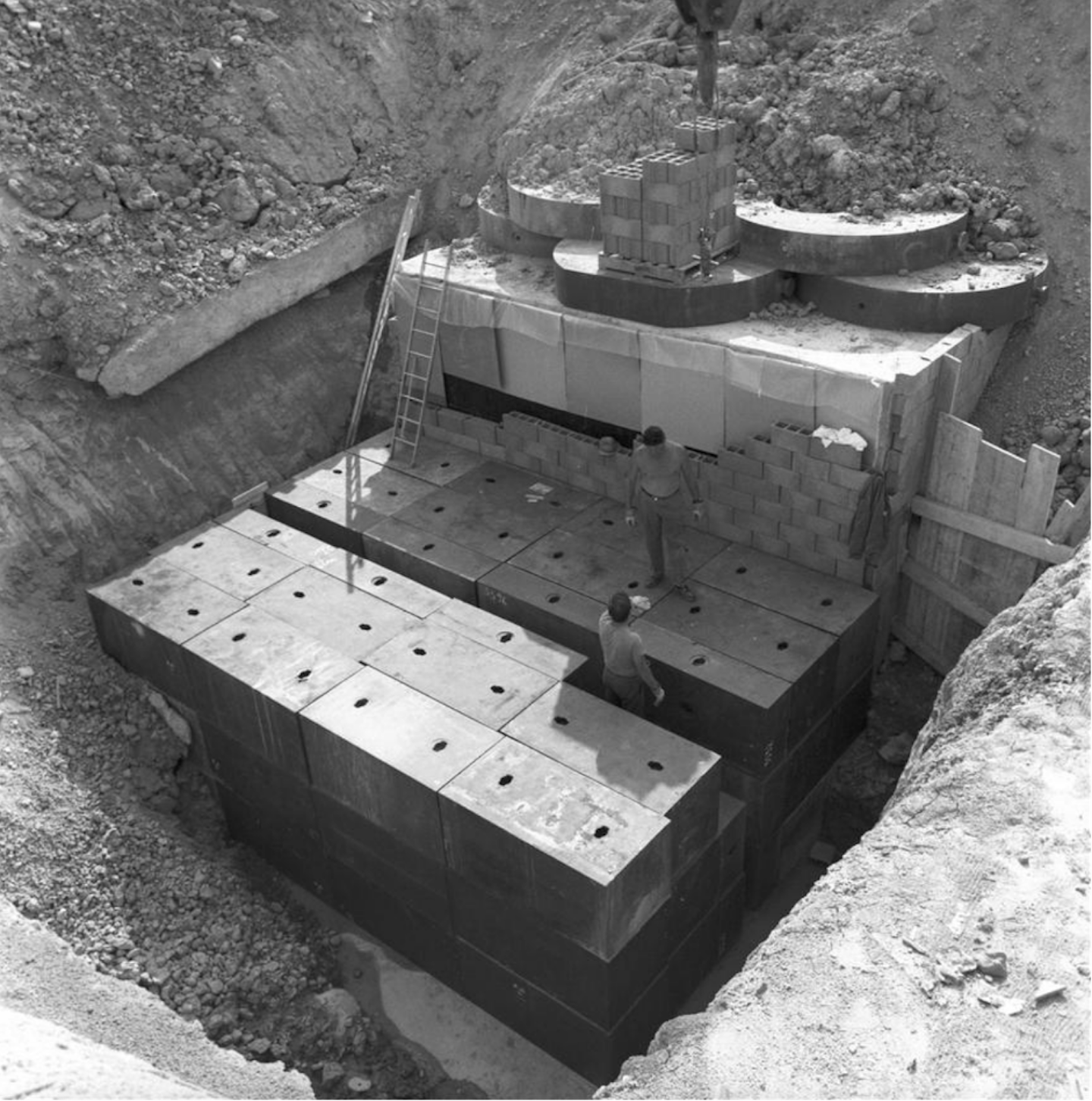In March 2024, the CERN Research Board gave the go-ahead for the BDF project, a beam dump installation acting as a high-intensity fixed target. Supplied with proton beams by the Super Proton Synchrotron (SPS), the BDF will be located in the North Area and is scheduled to begin operation in 2031.
The BDF target will be 1.5 metres thick and will be capable of absorbing all the energy of the SPS beam, making it more like a beam dump than a traditional fixed target. Among the cascades of particles it will produce, scientists hope to discover some from the “hidden sector” – particles that interact so weakly with ordinary matter that they have not been detected yet.
Far more sophisticated than the existing targets, the BDF will be surrounded by a shield of around 1 350 tonnes (180 m3) of cast iron and 1 000 tonnes (400 m3) of concrete and marble.
Which brings us to your blocks of cast iron*.
1 350 tonnes of cast iron, calculated by cost per cubic metre, means a cost of over 4 MCHF. “The team in charge of the project therefore immediately came up with the idea of recycling CERN’s old blocks of cast iron, in particular those of the PS neutrino project TT7, which have remained buried and unused since the 1980s,” explains François Butin, who is responsible for supplying the shielding for the BDF. “We’re talking about 750 tonnes of cast iron – that’s 263 blocks, totalling a volume of 100 m3.”
But they still needed to be recovered, and extracting blocks of cast iron, each weighing up to 7.5 tonnes and buried around 10 metres underground, is no mean feat. “These blocks were located below the hill that runs along Route Oppenheimer. To reach them, we first had to demolish the hill, then start excavating,” Butin continues. Having established their location, the technicians dug all the way around them to create a retaining wall before beginning the extraction of the 263 blocks they were hoping to find. “The work was long and arduous, and not without surprises... of the 750 tonnes of cast iron we had expected to find, we eventually recovered 600, saving us a total of 2.1 MCHF! As for the missing 150 tonnes – for now, they remain an unsolved mystery...”

Other unused shielding blocks made of cast iron and concrete will also be collected elsewhere at CERN, including from the TCC2 area of the North Area. In total, it should be possible to recover 1 100 tonnes of cast iron and 850 tonnes of concrete. All in all, an excellent recycling operation!
*We’re joking really, but this is CERN after all – so if you do have any blocks of cast iron or concrete to recycle, don’t hesitate to contact us...

